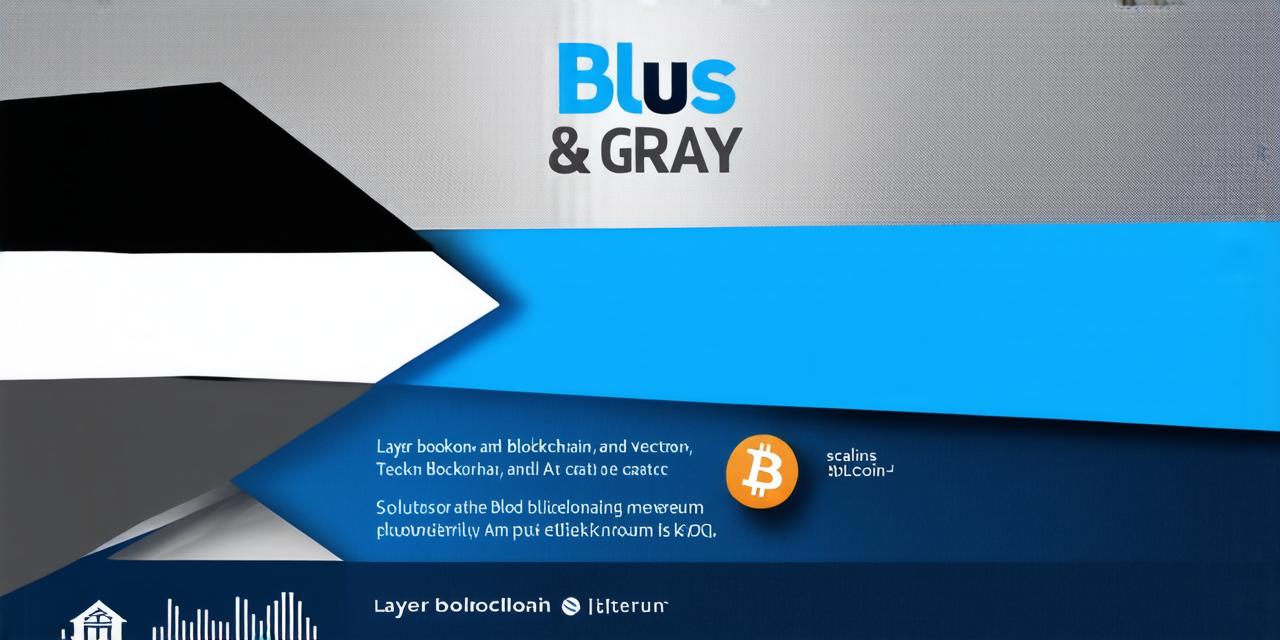Blockchain technology is rapidly transforming industries worldwide, providing secure and transparent solutions to a wide range of problems.
What is a Layer 2 Blockchain?
A Layer 2 Blockchain is a type of blockchain that operates on top of an existing blockchain network, providing additional functionality and scalability without altering the underlying blockchain protocol. In other words, it is a secondary layer that sits on top of the primary blockchain, allowing for faster transactions and increased throughput.
There are several types of Layer 2 Blockchains, including:
- State Channels
- Plasma
- Sidechains
- Off-Chain Scaling Solutions
Why use a Layer 2 Blockchain?
Layer 2 Blockchains offer several advantages over traditional blockchain networks, including:
- Scalability
- Security
- Privacy
- Cost-effectiveness

Real-life examples of Layer 2 Blockchain implementation
Layer 2 Blockchains are being used in a variety of industries to solve real-world problems. Here are some examples:
- Payment processing
- Supply chain management
- Identity verification
- Voting systems
FAQs
1. What is the difference between a Layer 1 and Layer 2 Blockchain?
A Layer 1 Blockchain is the primary blockchain network, while a Layer 2 Blockchain is a secondary layer that operates on top of the primary blockchain.
2. How does a Layer 2 Blockchain improve transaction throughput?
Layer 2 Blockchains use advanced cryptographic techniques and off-chain processing to increase transaction throughput and reduce latency.
3. Can Layer 2 Blockchains be used for decentralized applications (dApps)?
Yes, Layer 2 Blockchains such as Plasma can be used to create scalable and privacy-preserving dApps on top of a blockchain network.
4. What are some common security concerns with Layer 2 Blockchains?
Some common security concerns with Layer 2 Blockchains include the potential for centralization, the risk of smart contract vulnerabilities, and the possibility of attacks on off-chain nodes.
Summary
Layer 2 Blockchains offer a powerful solution to the scalability and throughput challenges faced by traditional blockchain networks. By providing additional functionality and scalability without altering the underlying protocol, Layer 2 Blockchains enable developers to build faster and more efficient applications that meet the demands of their users. As this technology continues to evolve, we can expect to see even more innovative solutions emerge, driving further adoption of blockchain technology across a wide range of industries.
